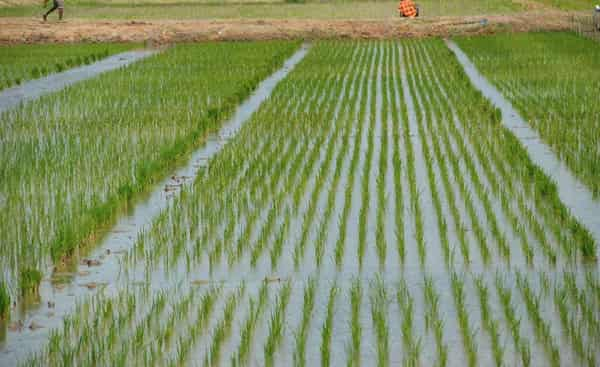
Rice has become a stable food in Nigeria. Of the total projected population figure of over 220 million, about 80 per cent feed on rice, hence the huge amount of money spent on the importation of rice yearly.
From our market survey a bag of 50kg of rice costs between N185,000 and N120,000. The price is still very high when we consider that rice is a staple food in Nigeria.
From our survey, the major cause of the increase in the price of local production of processed rice is the high cost of paddy, the raw material and other operational costs. Therefore, there is an urgent need to increase the production of paddy.
Today, some states produce paddy in abundance due to favourable climatic conditions. Some of the states are Enugu, Ebonyi, Abia, Kwara, Edo, Ogun, Ondo, and some other states.
Technical issues relating to rice project
The rice milling project will best be sited in the areas where rice is grown to reduce the cost of transportation of paddy.To set up this project, a large space is required to dry paddy rice after harvesting.
The components of machines required to set up this project are cleaning facilities, a dehuller, a boiling tank, a polisher, a bagger and other miscellaneous equipment such as wheelbarrows and weighing scales.
These machines can be fabricated locally. They can also be imported from Europe and some known Asian companies that specialise in the area. Rice milling could be done on cottage, small, medium and large-scale bases depending on the availability of capital and the raw materials – paddy rice.
Output could be from 2MT to 150MT per day. Generally, one metric ton of paddy rice yields 60kg to 70kg of milled rice, depending on milling efficiency, company management practices and the variety of rice purchased.
In the process of milling well-parboiled rice free from sand, stones, and unpleasant odour with less breakage from purchased paddy, whole rice broken rice and bran are obtained.
Whole rice is packed and sold for human consumption. Broken and bran rice is further milled into ‘Tuwo Shinkafa’ (a flour meal) while bran is a very important input for manufacturing dietary products like rice bran bread, which has been acclaimed as good for the decrease of blood cholesterol and livestock feeds.
Project costing
The likely cost of the total project will not be stated safely unless one knows the scope (whether cottage, small, medium or large scale) a proposed investor would like to embark upon, the capacity to produce, the source(s) of the machinery, whether to construct his building or rent one and the location.
In conclusion, rice milling, an agro-based business is profitable (65 per cent return on investment) and sustainable. It has a low capital requirement; technical know-how is complicated. The machinery and equipment are 100 per cent locally available. The project has a short payback period.






